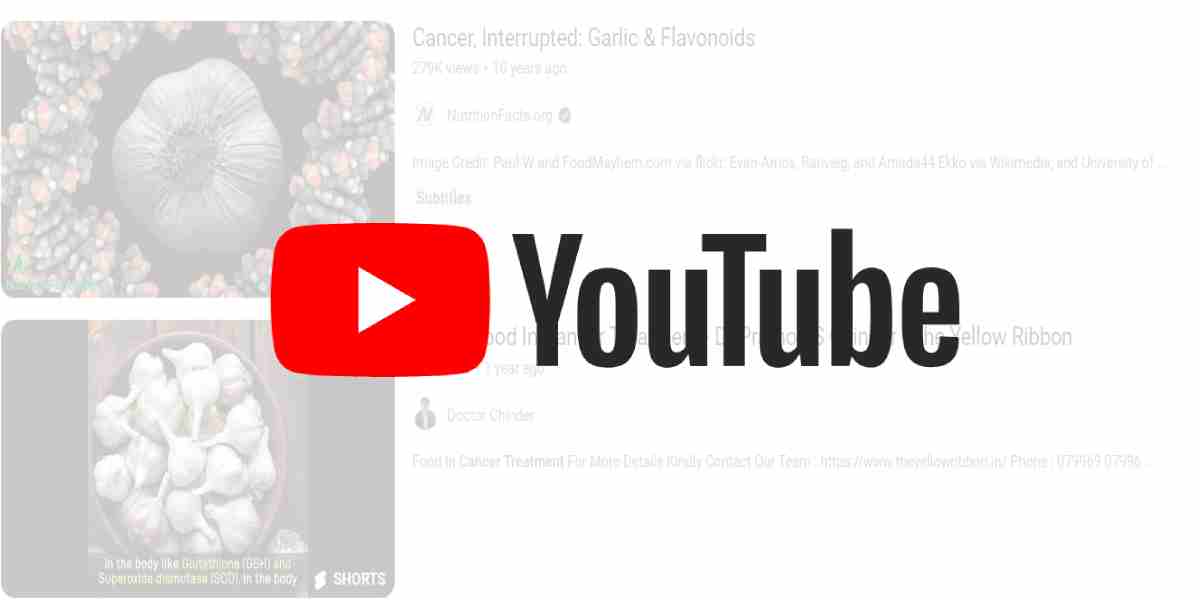YouTube said it was taking a decisive step to remove content promoting cancer treatments that had proven ineffective or harmful.
Published Aug 17, 2023 | 9:08 PM ⚊ Updated Aug 17, 2023 | 9:09 PM

YouTube plans to remove content that contradicts health authority recommendations regarding the prevention and transmission of specific health conditions. (Supplied)
Type in the phrase “home remedies for cancer treatment”, and you will find hundreds of videos on the topic on YouTube.
However, most of the information available on the video-streaming platform related to health-related topics is classified as misinformation by medical experts and health agencies.
In a bid to combat the spread of harmful medical misinformation, YouTube has announced its plans to overhaul its guidelines surrounding health conditions, treatments, and substances that contradict advice from local health authorities or the World Health Organisation (WHO).
According to a blog post released on 15 August, YouTube said that it was taking a decisive step to remove content promoting cancer treatments that had been proven ineffective or harmful, as well as those that discouraged viewers from seeking proper medical treatment.
“…we will begin removing content that promotes cancer treatments proven to be harmful or ineffective, and content that discourages viewers from seeking professional medical treatment,” YouTube said in the post.
Under the revamped guidelines, YouTube plans to remove content that contradicts health authority recommendations regarding the prevention and transmission of specific health conditions, the efficacy of approved vaccines, and treatments for certain ailments.
Dr Sachin Marda, a senior consultant oncologist and robotic surgeon (cancer specialist) at Yashoda Hospitals in Hyderabad, told South First that in light of the pervasive accessibility of technology, its dual nature had become evident. While it offers a wealth of knowledge, it is often subject to misuse for personal gain.

Dr Sachin Marda, Oncologist & Robotic Surgeon (Cancer Specialist) at Yashoda Hospitals, Hyderabad. (Supplied)
“This phenomenon holds particularly true in the context of cancer treatment, where a multitude of myths and facts circulate. Regrettably, only a meagre percentage of those disseminating information on this critical matter are qualified oncologists or doctors,” said Marda.
“The proliferation of misinformation regarding symptoms and treatments is a cause for concern, with some even advocating for the use of naturopathy to cure cancer,” he noted.
The oncologist added that in his clinical practice, half of the patients he regularly encounters patients inquire about the viability of alternative forms of treatment due to the perceived high costs and side effects associated with allopathic medicine.
“They express interest in pursuing ‘natural remedies’, such as Ayurveda. However, it is my ethical responsibility as a healthcare professional to provide accurate guidance,” said Marda.
“Numerous misconceptions abound in the realm of cancer and health, propagated by the internet. YouTube, in particular, serves as a platform for the dissemination of misinformation. It is imperative to implement stringent measures for video removal,” he noted.
Marda also said that the information an oncologist provides comes from years of hard work and training.
“As a qualified oncologist with over 15 years of training, extensive research, and countless patient interactions, I am acutely aware of the rigorous process required for making informed decisions. Our recommendations are grounded in concrete studies and trials involving hundreds of patients. These findings are documented in indexed journals and presented at conferences for peer scrutiny,” he stated.
“Consequently, the decision to eliminate misleading videos from platforms like YouTube is commendable. This endeavour necessitates rigorous background research. Rational action must prevail,” he added.
YouTube’s new guidelines target not only videos endorsing harmful substances but also those disputing the existence of particular health conditions.
Treatment topics listed in the blog post include “garlic cures cancer” and “take vitamin C instead of radiation therapy”, which would be removed, the company said.
As part of the “long-term vision” for its medical misinformation policies, the guidelines will fall under three categories — prevention, treatment, and denial.
“These policies will apply to specific health conditions, treatments, and substances where content contradicts local health authorities or WHO,” the blog post said.
To determine if a condition, treatment, or substance is in the scope of medical misinformation policies, YouTube will evaluate whether it’s associated with a high public health risk, publicly available guidance from health authorities around the world, and whether it’s generally prone to misinformation.
Acknowledging the importance of open discourse, YouTube clarified that it would consider the context when enforcing its policies.
The platform might permit content that offers educational, documentary, scientific, and artistic perspectives, particularly when it served the public interest.
This includes content from public hearings or statements made by political candidates that challenge health authority advice.
Certain exceptions would also be made for personal testimonials and discussions of specific medical studies.
